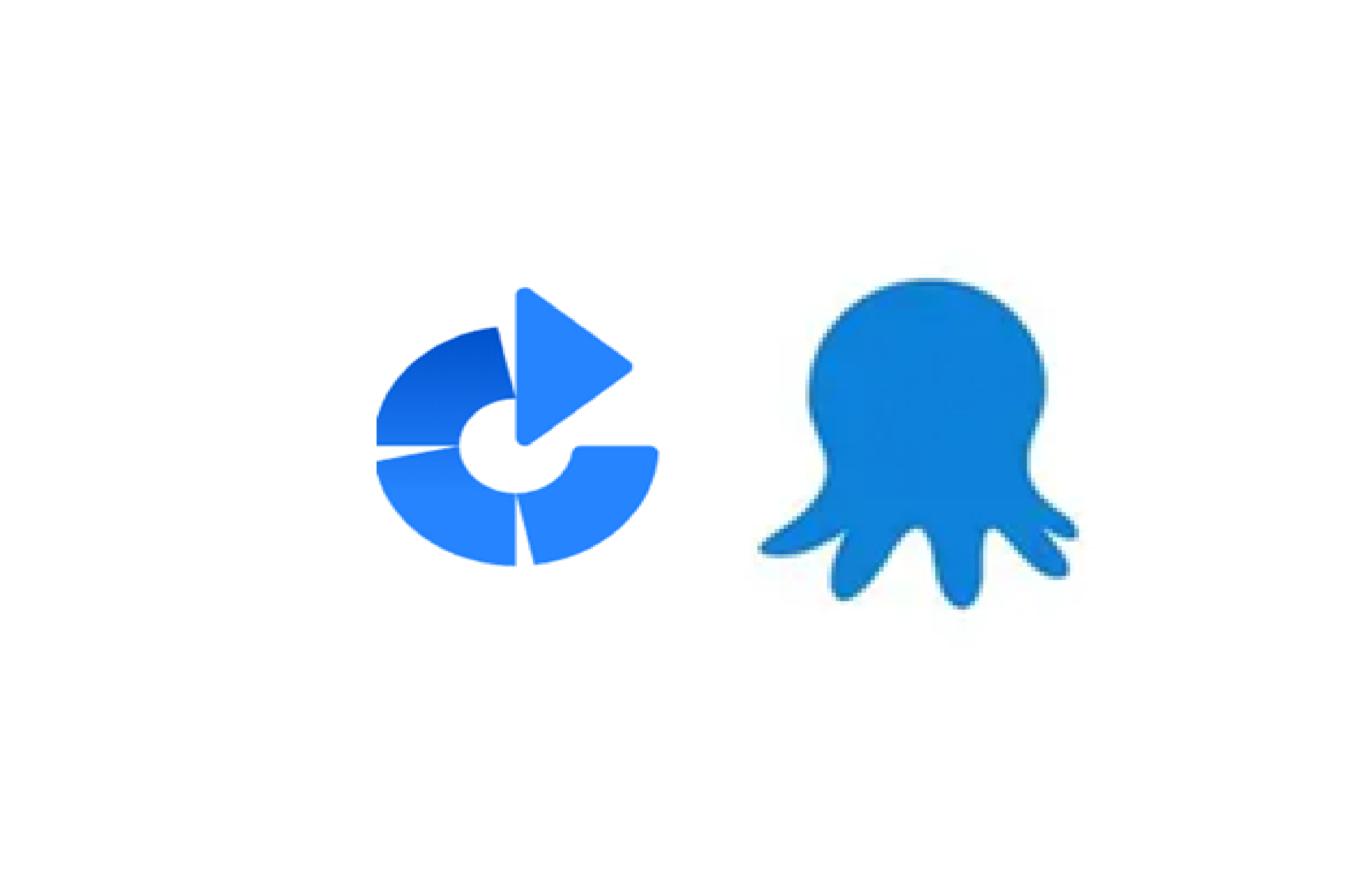The History of Each Tool
Bitbucket 🏗️ – Git Repo Hosting by Atlassian
Once upon a time (2008, to be exact), Bitbucket was born as a Mercurial-based repository hosting service.
But, since nobody outside of a few stubborn devs really cared about Mercurial, Atlassian acquired it in 2010 and gave it a Git makeover. Now, it’s one of the big Git repo hosting services, standing alongside GitHub and GitLab.
👉 Think of Bitbucket as: The cool storage locker where all your code lives before it gets deployed.
More on Bitbucket: https://bitbucket.org/
Bamboo 🎋 – CI/CD for the Atlassian World
Atlassian created Bamboo as an alternative to Jenkins because, let’s be honest, Jenkins is great but looks like it belongs in Windows 95.
Bamboo was built to integrate smoothly with Bitbucket, Jira, and other Atlassian tools. It provides CI/CD pipelines with a slick UI and deep integrations with source control.
👉 Think of Bamboo as: The conveyor belt in your software factory, making sure your code gets tested and built correctly before it ships.
More on Bamboo: https://www.atlassian.com/software/bamboo
Octopus Deploy 🐙 – The Deployment Powerhouse
Founded in 2012, Octopus Deploy is an independent deployment automation tool. While Bitbucket and Bamboo handle the coding and building,
Octopus takes care of the actual deployment. It specializes in multi-environment releases (like Dev, Staging, Production) and supports auto-rollback, variable scoping, and approvals.
👉 Think of Octopus as: The expert delivery guy making sure your software package is delivered safely—whether to Kubernetes, AWS, or a bunch of VMs.
More on Octopus Deploy: https://octopus.com/
How They Work Together
Here’s a high-level overview of how Bitbucket, Bamboo, and Octopus collaborate in a CI/CD pipeline:
- Bitbucket – Developers push their code to a Bitbucket repository.
- Bamboo – Detects the new code, runs automated tests, and builds the application.
- Octopus Deploy – Takes the successfully built artifact and deploys it to environments like Staging or Production.
CI/CD Example: Bitbucket + Bamboo + Octopus
1. Bitbucket Pipelines (Optional)
If you’re not using Bamboo yet, you can have Bitbucket Pipelines handle initial builds.
| |
2. Bamboo Build Plan
In Bamboo:
- Create a new plan and connect it to your Bitbucket repo.
- Add a build step:
- Use a Docker container or build script.
- Run tests and package the app.
- Artifact Sharing – Save the build output so Octopus Deploy can use it.
3. Octopus Deploy Process
- Define Environments (e.g., Dev, Staging, Prod).
- Create a Release Pipeline:
- Pulls build artifacts from Bamboo.
- Deploys to Kubernetes, AWS ECS, Azure, or on-prem servers.
- Set up Approval Steps if needed.
Key Ideas Table
| Step | Description |
|---|---|
| Bitbucket | Git-based repo hosting from Atlassian |
| Bamboo | CI/CD automation and build pipelines |
| Octopus Deploy | Deployment automation and release management |
| Integration | Bitbucket triggers Bamboo; Bamboo builds and sends artifacts to Octopus Deploy |
| Example Code | Bitbucket Pipelines YAML, Bamboo Build Plan, Octopus Deployment |
Reference Links
- https://bitbucket.org/
- https://www.atlassian.com/software/bamboo
- https://octopus.com/
- https://www.atlassian.com/git/tutorials/what-is-version-control
Final Thoughts
Bitbucket, Bamboo, and Octopus work best together like peanut butter, jelly, and bread. Bitbucket stores your code, Bamboo makes sure it actually works, and Octopus gets it where it needs to go. If you’re looking for a solid, battle-tested CI/CD setup, this trio is a fantastic choice.
Now go forth and automate your deployments like a DevOps wizard! 🧙♂️✨
